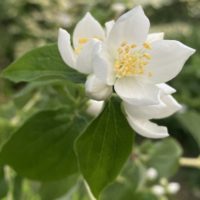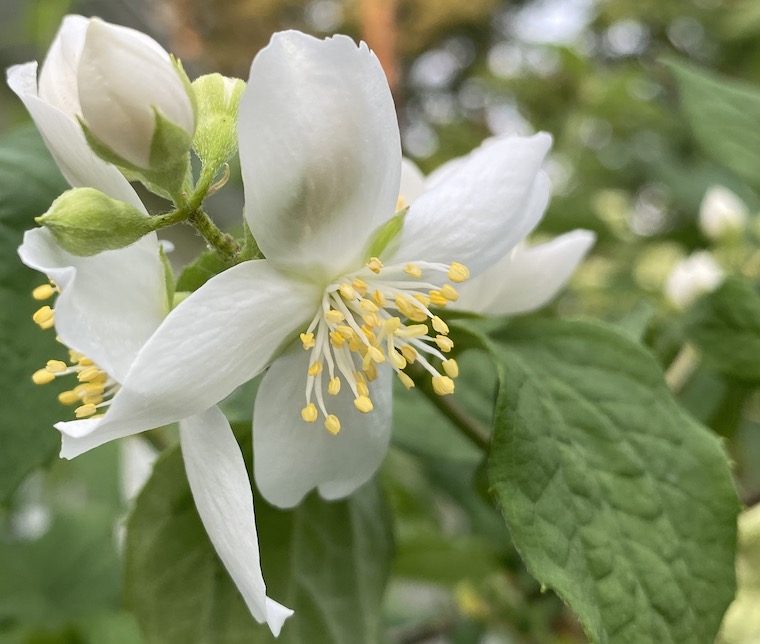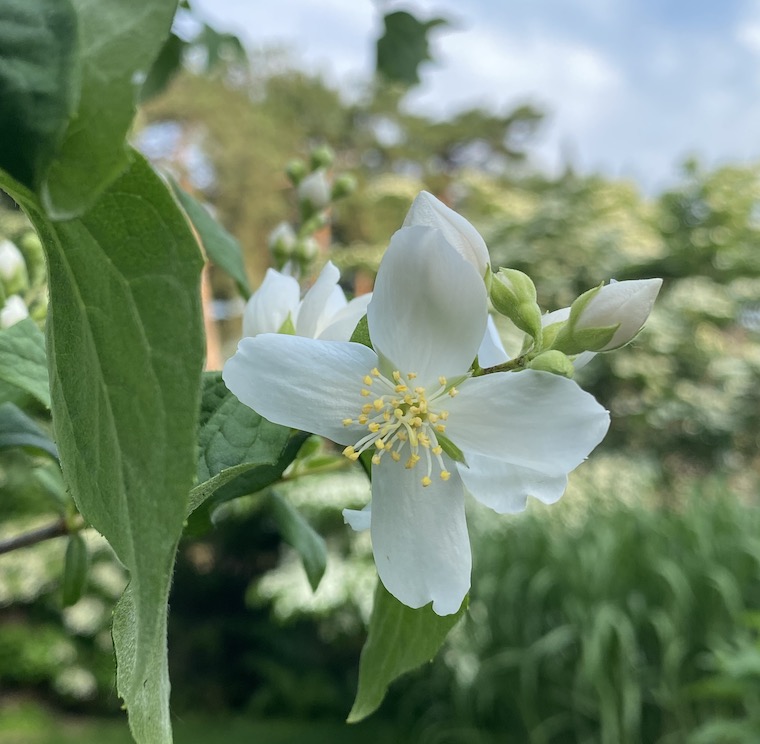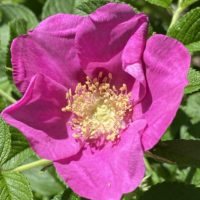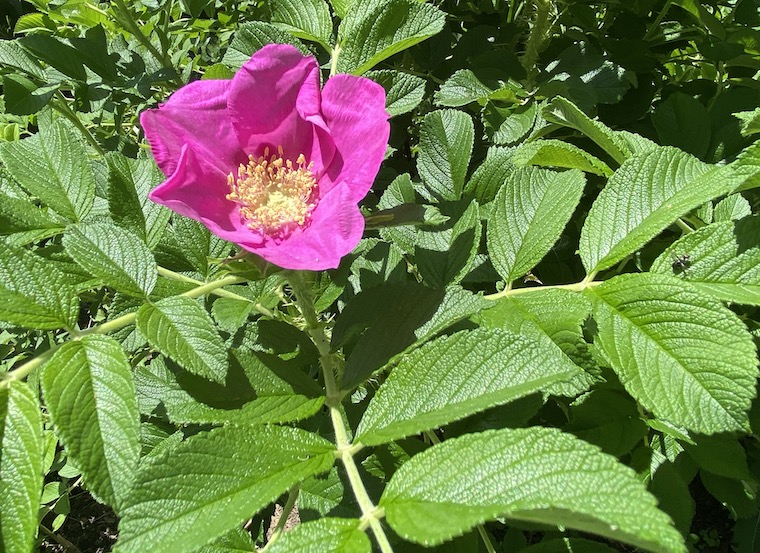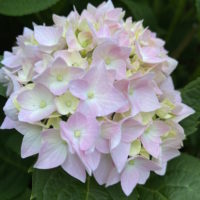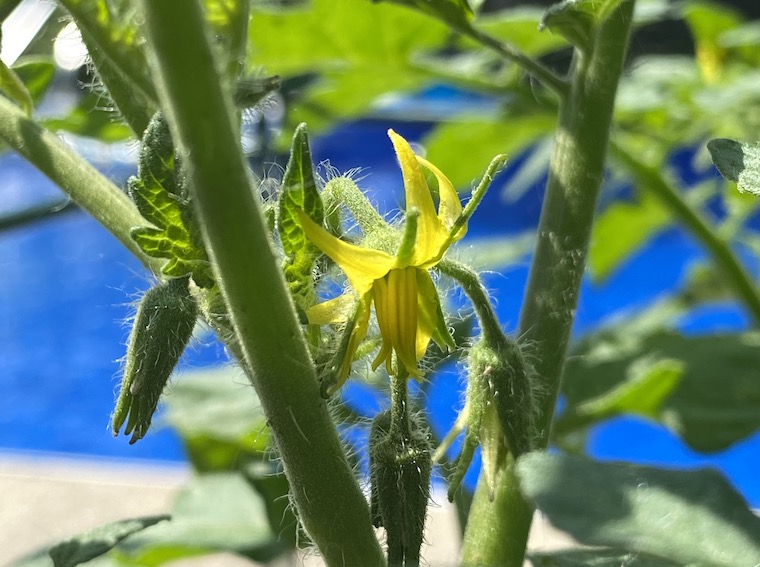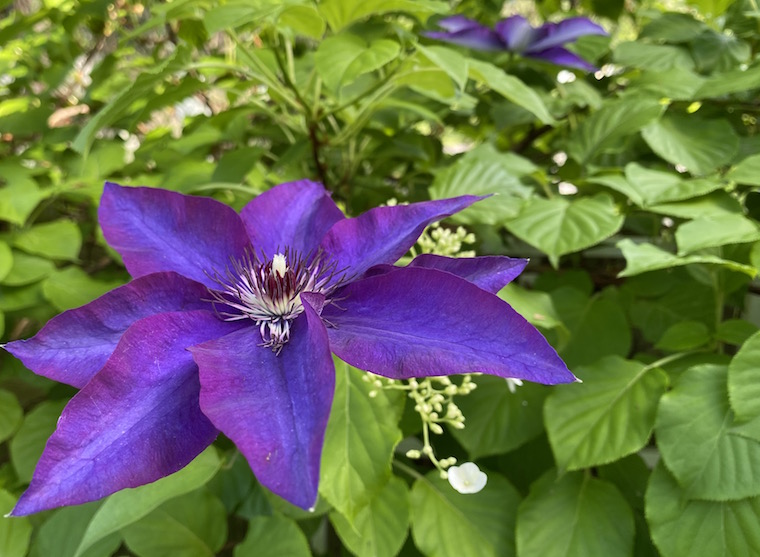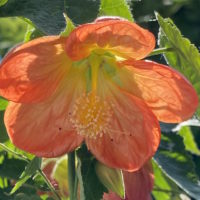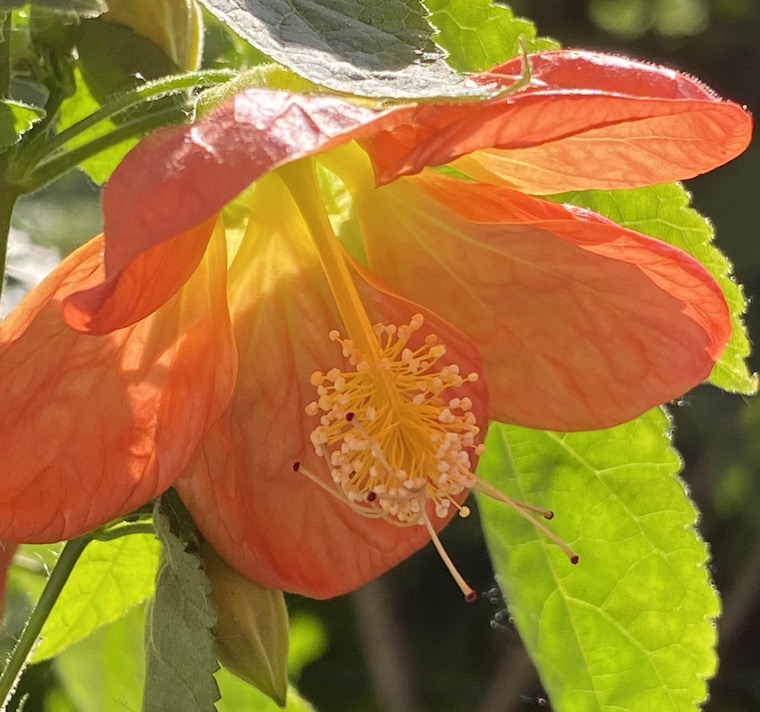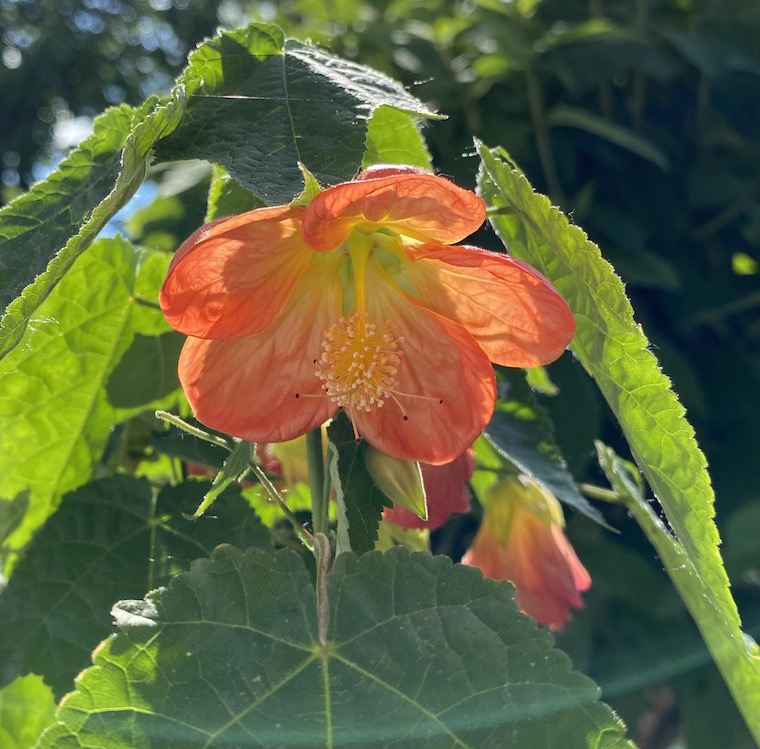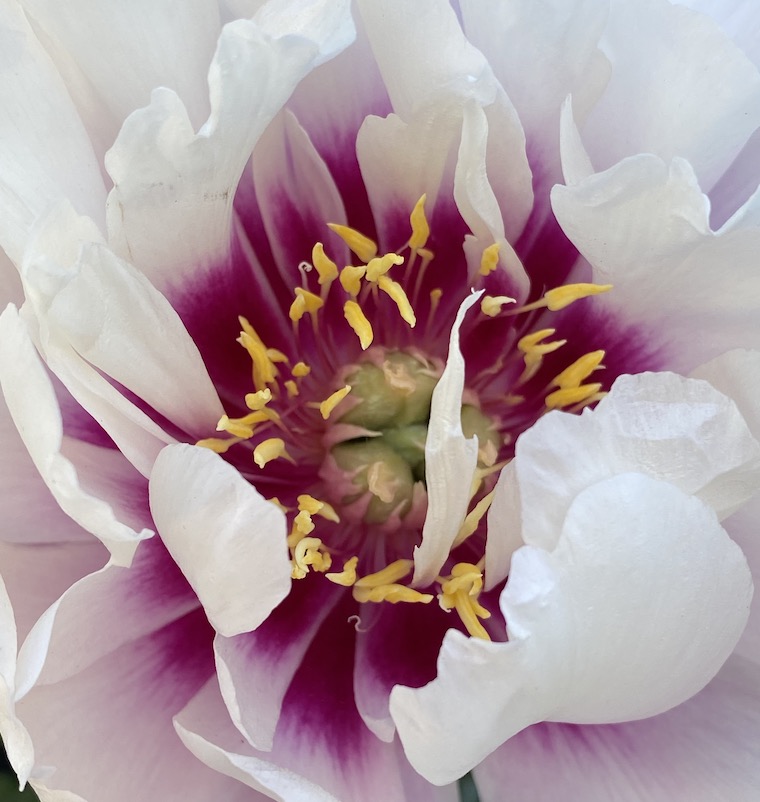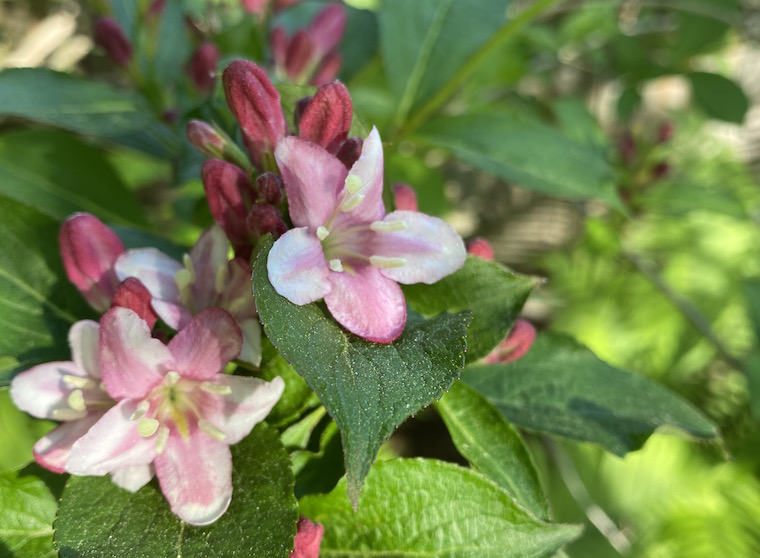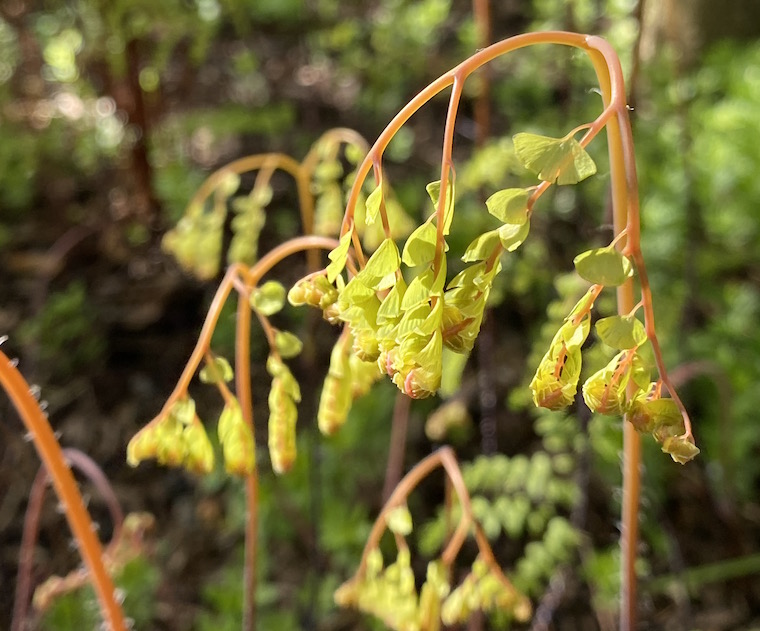One of my favorite flowers – the peony – has been in bloom for the past week, right on Memorial Day weekend schedule. Last year, after almost two decades of leaving them undisturbed, it was finally time to divide the plants in our front garden, which was more of an arduous undertaking that I anticipated. Part of me is still slow to realize just how long we’ve been at our home, and all those plants I put in those first few years are now almost twenty years old. For some, it’s a glorious sight to behold – such as the 30-foot tall climbing hydrangea. For others, they are but a memory – such as the failed lady’s slipper orchid that I purchased at a criminally-high price-point, and which died after two seasons, despite my care and coddling in watering it with de-chlorinated water.
The peonies in the front yard proved stalwart and reliable performers, blooming just as we were usually in Ogunquit for Memorial Day weekend. The past few years, we’ve been home to watch them burst open, peppering the space with their gloriously spicy perfume. Lately, however, I’ve noticed a decline in their blooms, a tell-tale sign that they were ready to be divided and reinvigorated.
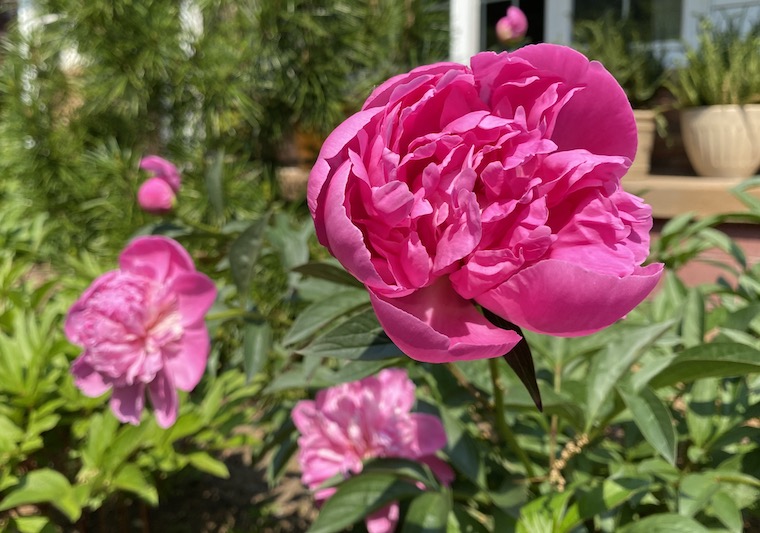
The best time to do this is late summer – around August, when it’s still warm and there is time for them to settle in and fortify their tubers. I chose a hot sunny day for this, to allow the tubers to air out and dry a bit, helping to prevent rot. It was more difficult than I expected – after 20 years their tubers had grown into substantial mounds, more akin to sweet potatoes than thin roots – and they were wound inextricably into each other, making for a tough process of separating and thinning them.
Eventually, I managed to carefully whack my way through (if one can be careful in one’s whacking), turning three unruly bushes into six smaller specimens. I generously amended the soil with loads of well-aged manure, mulched the surrounding area, and watered them in well. As summer lingered, I made sure they were well-watered through September – I tend to forget about the importance of watering into fall, but to give them the best possible chance for surviving the winter, greater care was exerted, and the results are paying off.
While a few are taking this year off as far as blooms go (which often happens when you divide or move a peony) most are sending up buds, starting with these old-fashioned beauties. Peony season has returned, and with it a sense of hope and happiness pervades from their sweet perfume.


